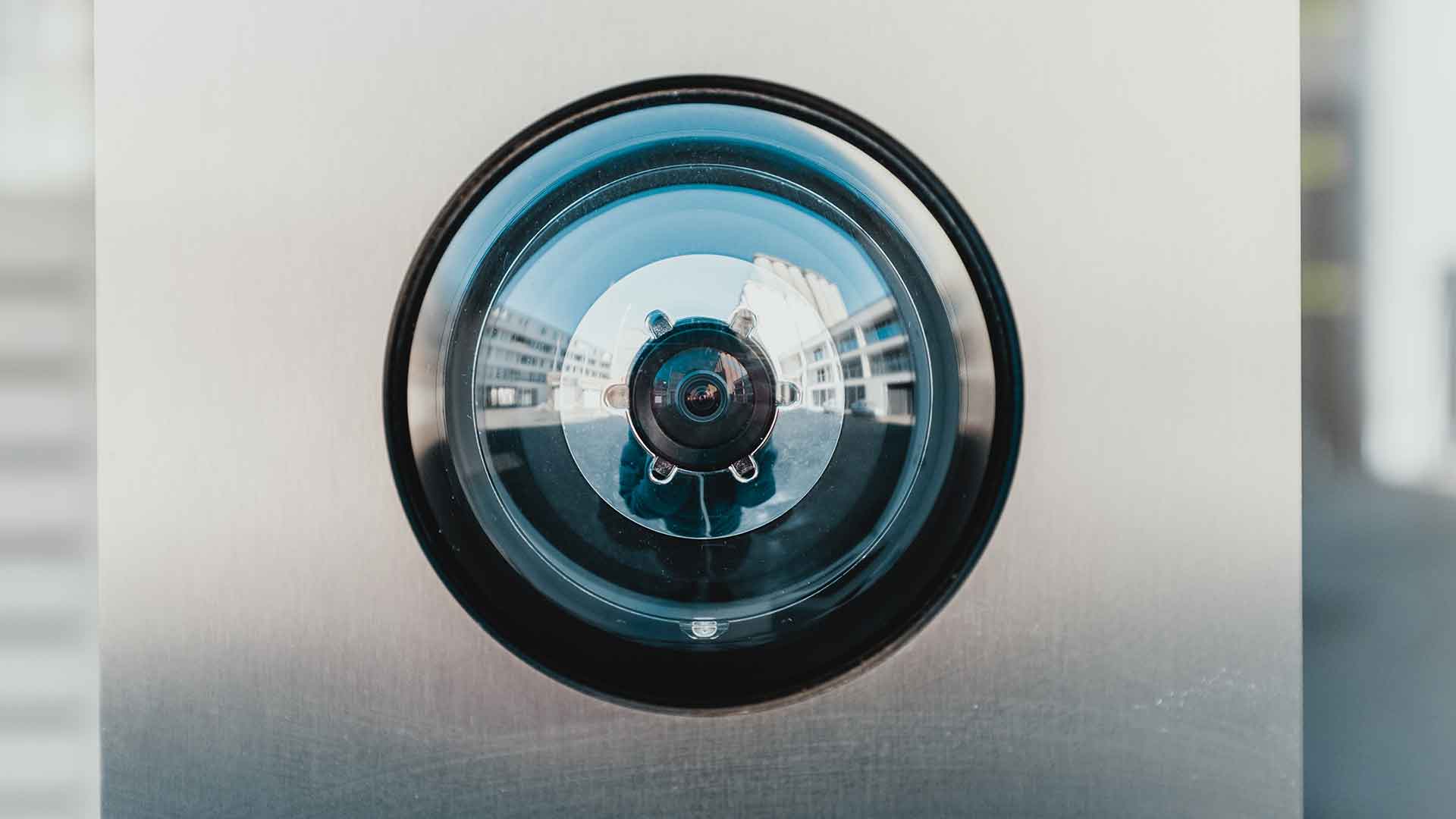/https://storage.googleapis.com/s3-autonomous-upgrade-3/static/upload/images/new_post/5-ways-covid-19-will-irreversibly-change-the-office-522.jpg)
5 Ways COVID-19 Will Irreversibly Change the Office
COVID-19 has irreversibly transformed the world. What with the numerous stringent measures invoked worldwide. Countries have highly restricted movements of their citizens in lockdowns, hand sanitization campaigns like never seen before, and the use of facemasks. The age-old practice of handshakes is almost becoming extinct now. Welcome to the global “new normal” lifestyle.
Not left behind in this worldwide transformation is the workplace. According to Statista businesses have reported disruption in their normal operations with approximately 38% of respondents reporting cancellations of meetings and conferences. With no end in sight, there will be lasting changes in how businesses conduct their operations. We will explore these impacts in a minute. But first, let us find out the unique aspects that make its ravaging effects on the workforce worse.
Global pandemic
Let us face it. We all know COVID-19 is not the first pandemic ever to hit humanity. There have been other disease outbreaks. Notable includes the Bubonic Plague of 1855 and the Spanish Flu of 1918 which left millions dead. Other disasters, such as Hurricane Katrina, have also occurred which have claimed thousands of lives. But the difference is most of these have largely been localized in certain countries. With the COVID-19 the effect on businesses is worldwide.
Long-lasting
Many of those previous disasters have only happened over a short period of time. All disasters have devastated businesses, but worse is when the duration is protracted. And that is what we are observing with COVID-19. It has dragged on for several months now and no one can predict the end game yet. The World Health Organization has warned that the disease may never go away. We may be forced to live with it among us just like malaria, or HIV Aids.
Lifelong changes
Nothing has been the same again. And the impact cuts across; from the highflying corporate managers, junior employees. The disruption has been so pervasive it has changed how we travel, buy food, and work.
Novel virus
While generally, coronavirus has been with us for ages, the COVID-19 is a new strain of the virus. That makes it a “novel virus”. And that is why its surprise appearance on the scene has thrown scientists into disarray. It places researchers in unique circumstances that may prolong the discovery of a vaccine which may continue to take a toll on how we work and live.
Let us now dive into finding out how the workplace will change due to the disease. We acknowledge that not all changes will be permanent. And even some business operations will remain unchanged. But the overarching prediction is that of a general workplace that will never be the same again depending on the intensity of the disease. Some of the changes include the following.
1. Remote work

Working from home has now become the new normal. Even companies that previously were not adoptive of remote work will now be forced to change. By the end of the pandemic period, most companies will have tasted and enjoyed the fruit of the remote work. In fact, according to research conducted by Gallup 62% of American workers would prefer to continue working from home. Benefits for both the company and employee include the following;
Fewer provision costs for companies
Reduced employees' commuter costs
Healthier work environment
2. Video conferencing
 Work from home will largely depend on video telecommunication. The world has experienced an upsurge in the use of technology since the start of COVID-19. Zoom, Skype, Hangouts, and Webex are some of the leading providers of video telecommunication technology. Zoom alone reports its daily usage spiked to 200 million users from 10 million in December 2019. Here some of the benefits of using these apps in video conferencing.
Work from home will largely depend on video telecommunication. The world has experienced an upsurge in the use of technology since the start of COVID-19. Zoom, Skype, Hangouts, and Webex are some of the leading providers of video telecommunication technology. Zoom alone reports its daily usage spiked to 200 million users from 10 million in December 2019. Here some of the benefits of using these apps in video conferencing.
Improved communication
Better business relations
More efficient meetings
Improved employee satisfaction
3. Increase in the use of robots
 One of the new challenges in the workplace is the need for social distancing. With this requirement, workplaces will need to have fewer employees. And therein comes the need for automation. Of course, robots won’t require isolation and medical needs as do employees. The move will make most jobs redundant and only employees who will find new skills will survive the onslaught of the robots. Jobs executed by humans but which can be taken away by robots include repetitive administrative jobs, manufacturing processes, and supplies delivery which may be taken up by drones.
One of the new challenges in the workplace is the need for social distancing. With this requirement, workplaces will need to have fewer employees. And therein comes the need for automation. Of course, robots won’t require isolation and medical needs as do employees. The move will make most jobs redundant and only employees who will find new skills will survive the onslaught of the robots. Jobs executed by humans but which can be taken away by robots include repetitive administrative jobs, manufacturing processes, and supplies delivery which may be taken up by drones.
4. Home office allowances
While work from home is not a new feature, its use has not been widespread. And therefore not most employees have a robust home office. Some may have a computer and a few other gadgets to start off. But while that may help in the meanwhile, more investment may need to be channeled to establish efficient work from home offices. Such costs may be heavy for workers. That is why employers may need to step in for the necessary resources to kit their employees. The following companies have already started such programs;
Shopify is giving its employees $1000 stipend for office supplies
Twitter is reported to offer reimbursement to its employees’ vendors and contractors.
Lambda School is an online classroom that teaches tech skills for people to launch new careers. Austen Alfred, the CEO, promised to provide their employees with “medium-term rentals equipped with everything they need to work from anywhere”
5. Employer surveillance
 With more employees working from home, employers will seek ways of monitoring their productivity. While the loss of privacy from this is debatable, without monitoring the workers may slow down the productivity. The employer may, therefore, need to institute some measures of surveillance. Some of the methods employers can use include the following;
With more employees working from home, employers will seek ways of monitoring their productivity. While the loss of privacy from this is debatable, without monitoring the workers may slow down the productivity. The employer may, therefore, need to institute some measures of surveillance. Some of the methods employers can use include the following;
Monitoring email volumes
Use of time tracking tools
Monitoring keystrokes to see how often you are away from the computer
Use of project management apps to manage tasks
Daily self-reporting to supervisors
Final thoughts
As we have highlighted above, COVID-19 may irretrievably transform the office. While some changes may be immediate others will take some time. But the bottom line changes will happen at the workplace. This should be an indicator for companies to re-strategize and lay down new policies to accommodate the new normal workplace era. Because only the most versatile workers and employees will get through these challenging times.
Read more...
7 Steps to Delivering Your Project on Time
A Guide on How to Create the Most Productive Desk Setup
The Best Monitor Stand and Other Tools for Developers Working Remotely
How to Eliminate Digital Distractions and Increase Your Productivity
Stay connected with us!
Subscribe to our weekly updates to stay in the loop about our latest innovations and community news!



/https://storage.googleapis.com/s3-autonomous-upgrade-3/production/ecm/230914/bulk-order-sep-2023-720x1200-CTA-min.jpg)

/https://storage.googleapis.com/s3-autonomous-upgrade-3/static/upload/images/new_post_author/charles-ataya-9.jpg)